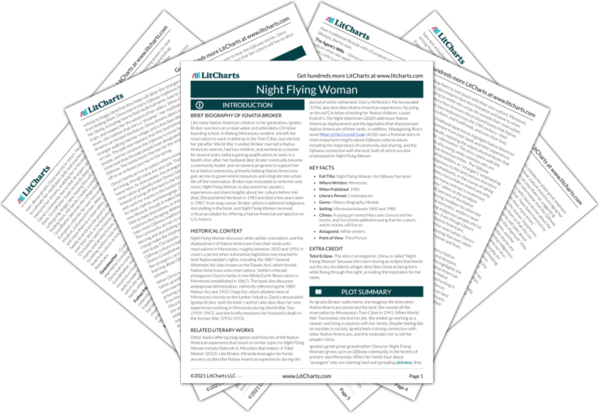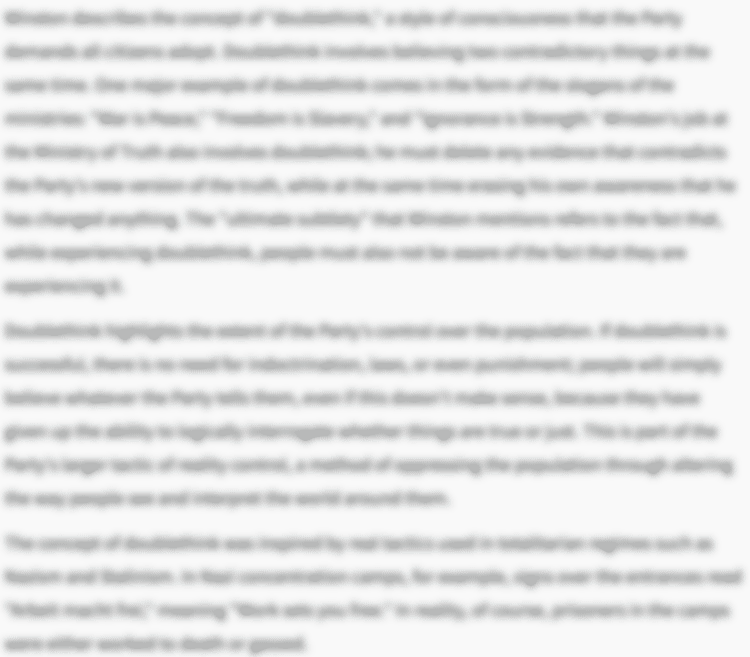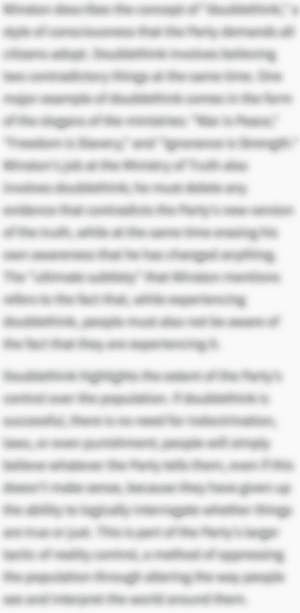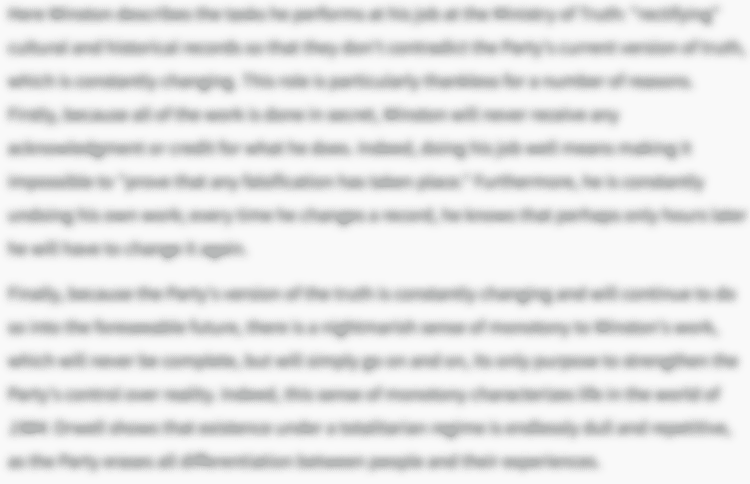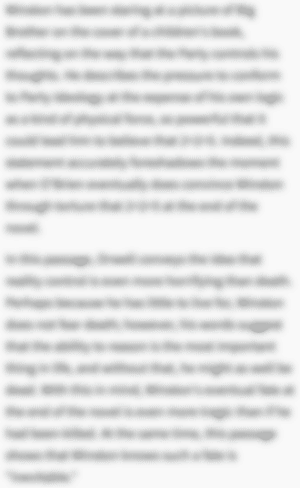Ojibway Quotes in Night Flying Woman
Now the neighborhood is only four blocks long and two blocks wide, whittled down by urban renewal and the freeways which reach their tentacles all around us.

Unlock explanations and citation info for this and every other Night Flying Woman quote.
Plus so much more...
Get LitCharts A+Our paydays were on different days and so whoever had money lent carfare and bought meat and vegetables. […] This was how we got a toehold in the urban areas—by helping each other.
No Indian family dared approach the relief and welfare agencies of the Twin Cities. They knew that they would only be given a bus ticket and be told to go back to the reservation where the government would take care of them as usual.
“What good are these tales in today's world?” asked many people, never realizing that the Ojibway tales teach a philosophy for living. They tell of the purity of man and nature and keeping them in balance.
These strangers […] are again asking the Ojibway to mark a paper. […] The Ojibway to the east have made the mark, and now they are on the big water where they must stay forever. The strangers promised never to enter their forests but they came anyway[.]
Poor Trees, we are leaving, but you will be gone too after the strangers come. […] Poor squirrels, where will you go after the strangers come?
The women wove reed mats and cut birch bark. They fastened the mats around the base of the lodge frames and put overlapping birch-bark sheets on the upper part. Then the lodges were ready.
Our lives must now revolve around this lodge, because we must not meet the strangers. But remember that we, the Ojibway, have always moved freely from a summer place to a winter place, with a blueberry place, a ricing place, and a sugar bush in between.
We know the secrets of the forest and receive the gifts of a Generous Spirit. These we repay by honoring and respecting the living things in the forests: the animal people and the plant life which in itself is life-giving. We do not waste the precious gifts, but share them with our brothers.
The people […] welcomed the stranger who had traveled with him. They prepared a feast and made a place of rest for them.
He said that they must mark a paper before a man called Agent, and afterward they would be given food and clothing.
I do not like cutting the trees […] I think too often of the animal people. They will be few, and they will be gone from this land. When we have enough of the lumber, I shall no longer cut the trees or travel the rivers on them. My heart cries too often when I do this.
Maybe it will start them learning civilized ways.
So it is the custom that at the very first time—and only the first time—a young girl has the physical signs of change, she must go into the forest […] and fast. […] The longer she fasts, the clearer will be her dreams of what she will do in life. If she is a Dreamer or a Medicine Person, her visions will confirm this.
It is well that we plant and harvest and hunt, for this food given us by the White Father would not be enough.
Oona was so busy with the farm work that she had little time to meditate, so her powers as a Dreamer lay dormant.
Then came the laws to control the fishing, the hunting, and the trapping, even on the reservation lands.
Oona’s heart broke many times when she saw the faces of the young ones. Many of the children had swollen necks from infections of the tubercular germ, and they easily caught the diseases of the lungs. The change of diet left them with no way to fight the germs of the strangers who were dominant in the land of the forest and lakes.
I should like […] to hear the stories of our people.
